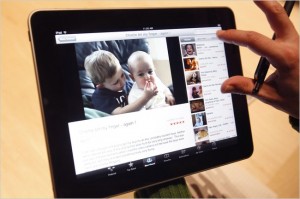How Stuff Works Online.
 Here’s how retail works. You build, lease or buy a store, fill it with stuff, promote it and people come and buy its wares. Or they don’t.
Here’s how retail works. You build, lease or buy a store, fill it with stuff, promote it and people come and buy its wares. Or they don’t.
Here’s how TV works. You build, lease or buy a program, fill it with entertaining or informational stuff, promote it and people come. Or they don’t.
Here’s how the web works. You build, lease or buy a site, fill it with stuff, promote it and people come and buy its wares…if you happen to be selling anything. Sometimes the web is used to help people decide if they want to buy your stuff, because it’s sold elsewhere. And other times the web is about entertaining visitors encouraging them to come back so ad revenue allows the site owner to buy stuff. And sometimes still, a website is created to just simply to impart knowledge, altruism and community.
That’s the thing about the web — visitors don’t always know if they are on a site to be sold, entertained or informed. Sometimes the builders of websites don’t seem to know either. And when that happens the sites tend to provide a little bit of each. And a little bit of each often leads to a lot of none. Fruit cocktail. Tricky stuff. Focus is your friend.




![david eastment]]](https://whatstheidea.com/wp-content/uploads/2011/07/david-eastment.jpg)


